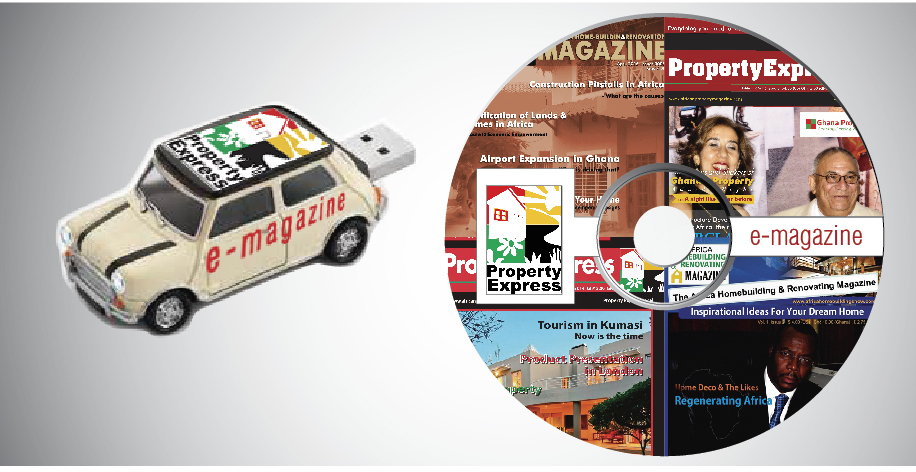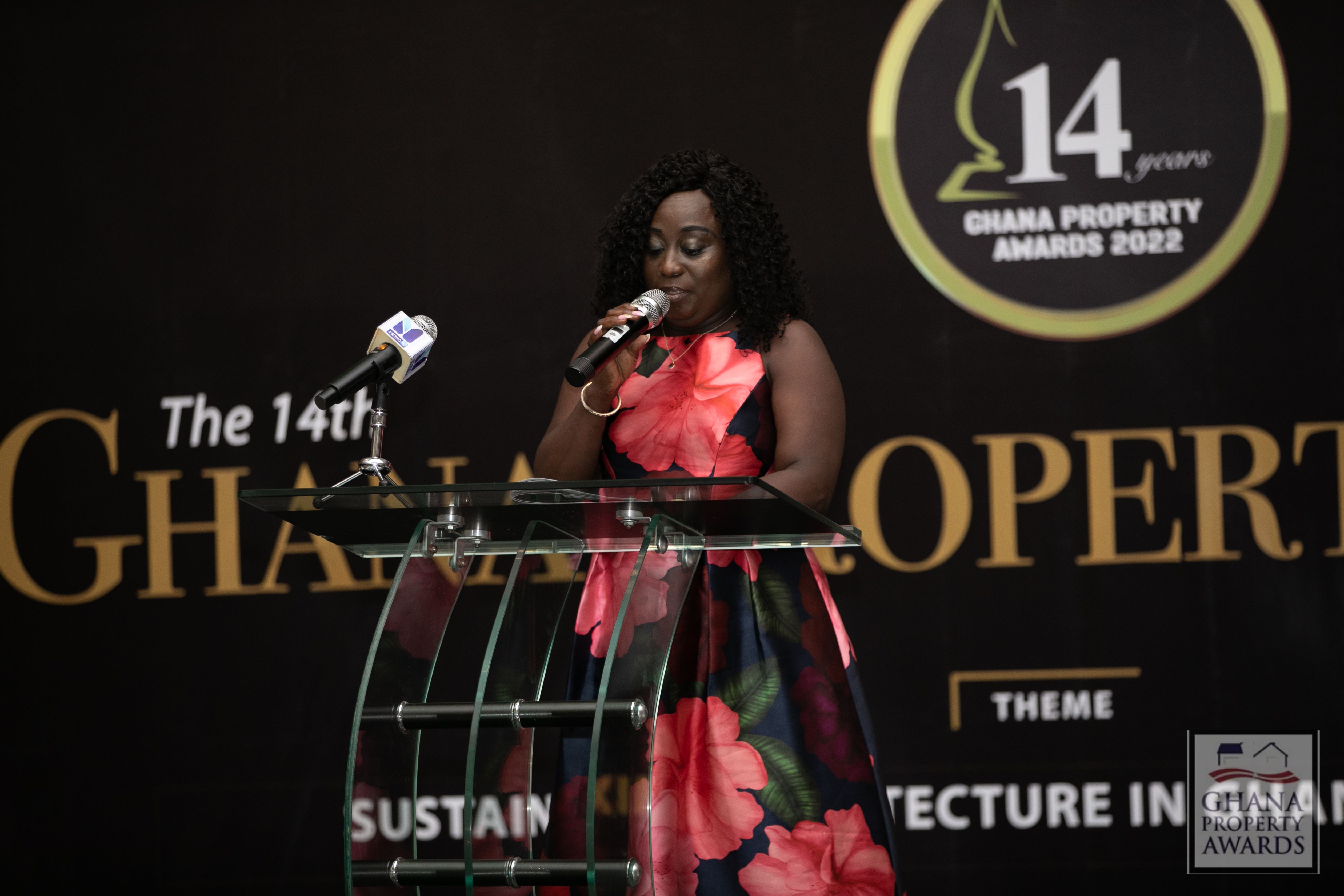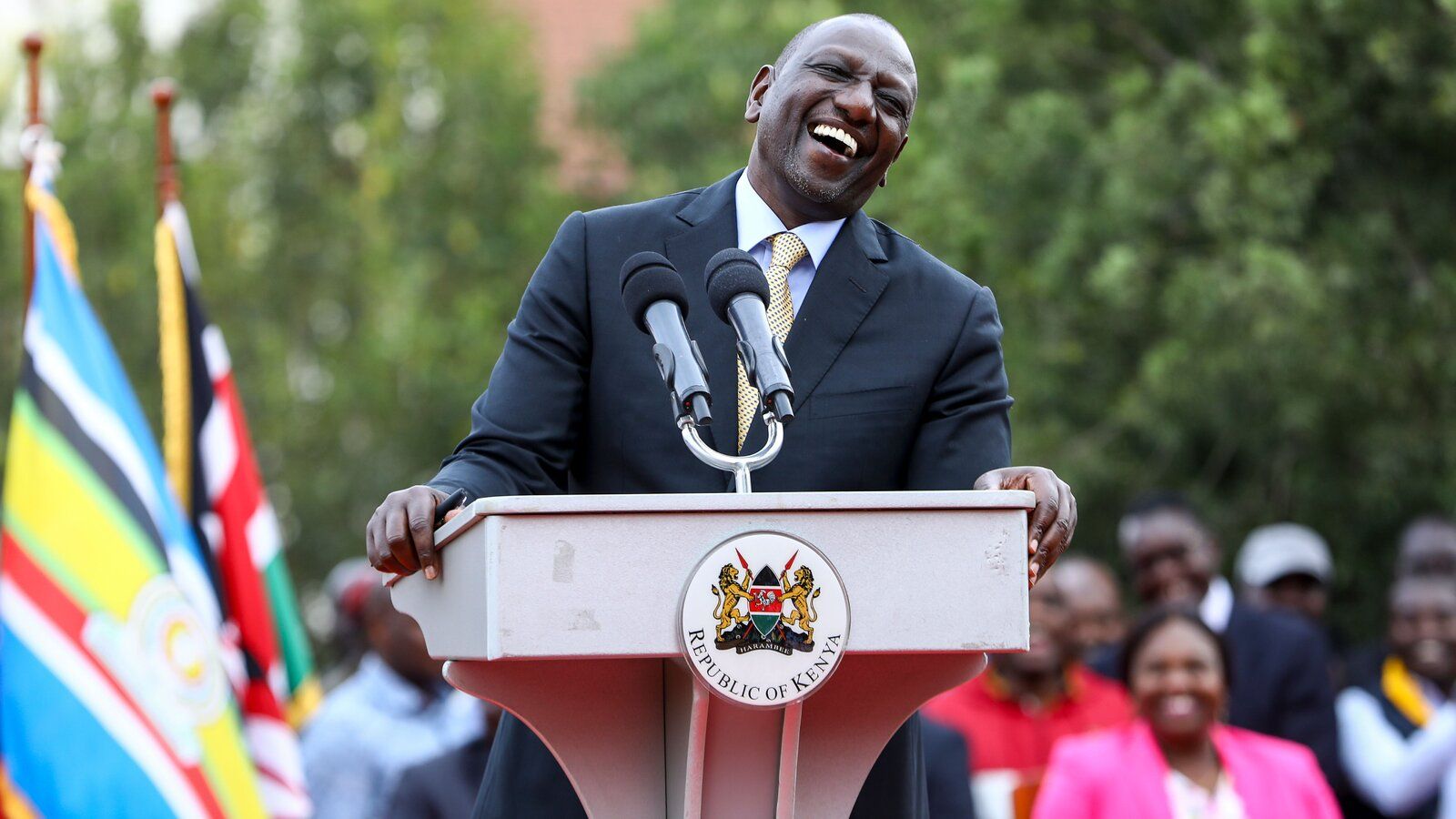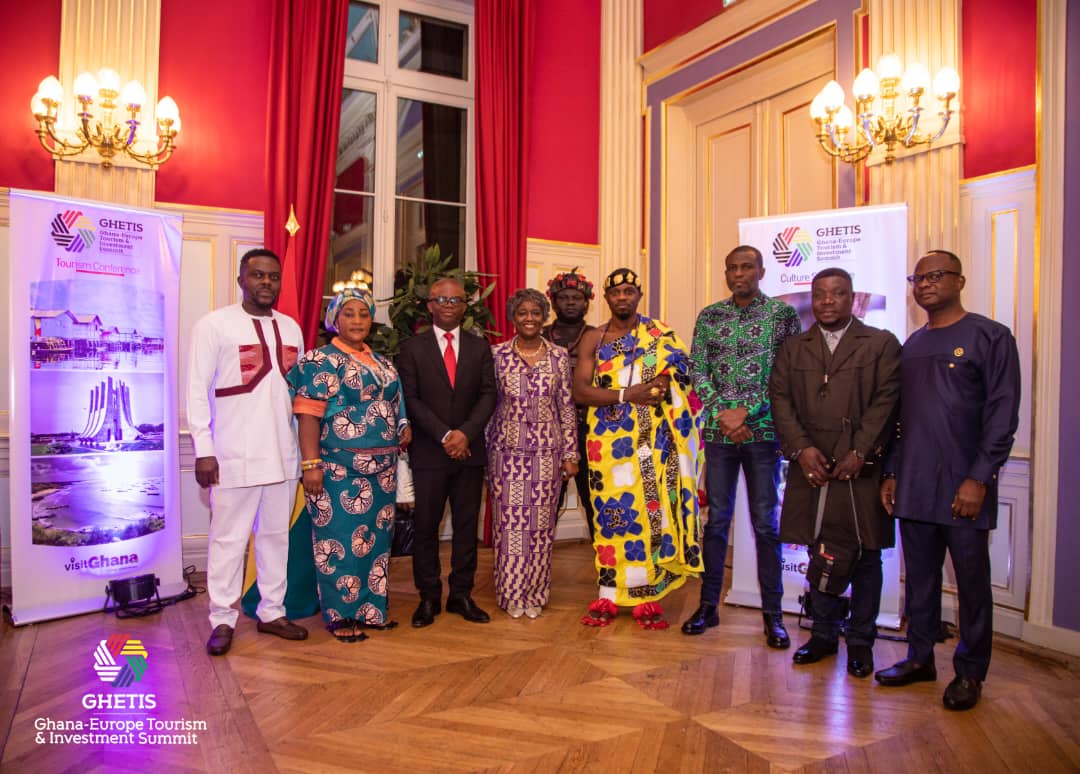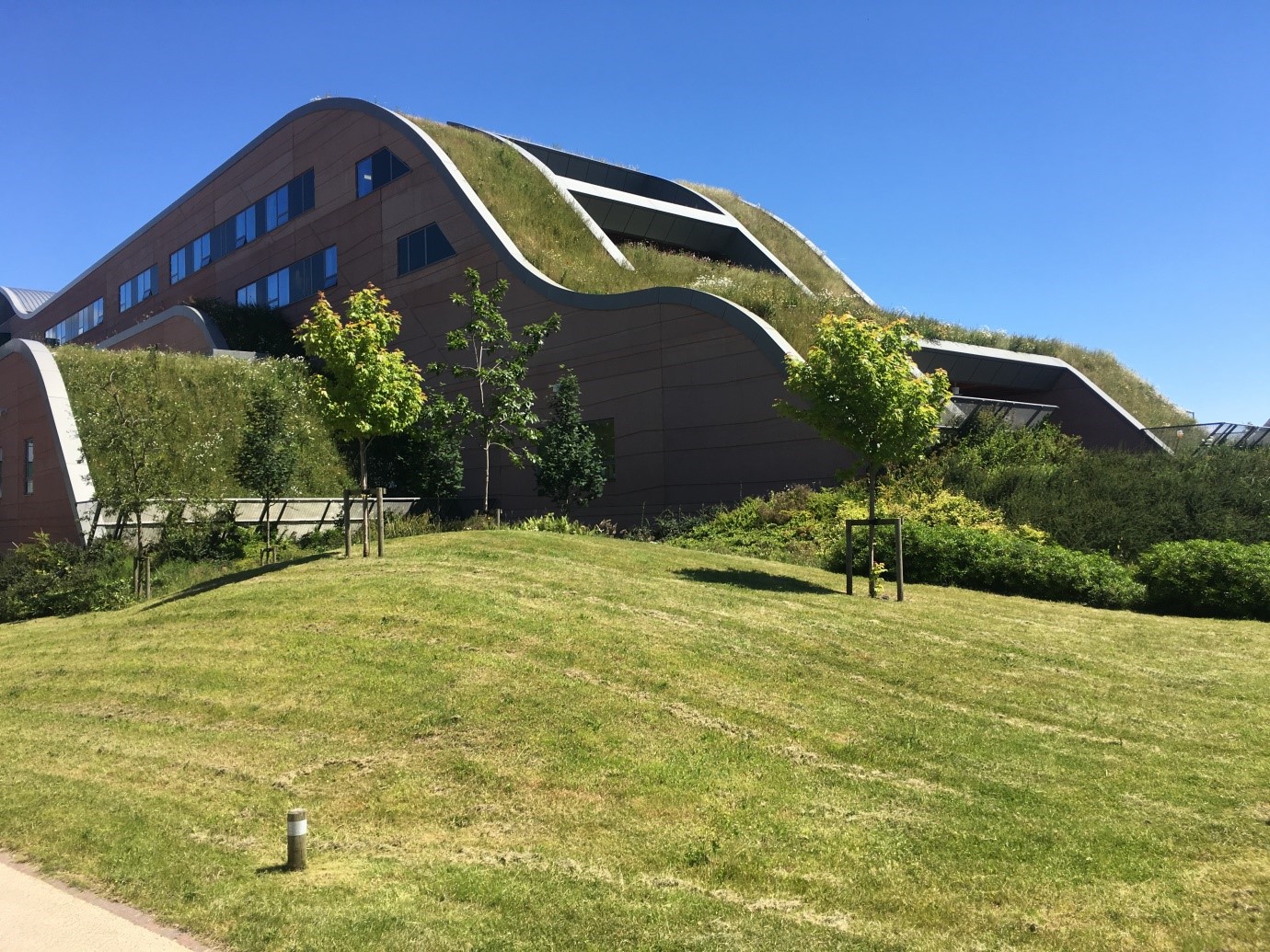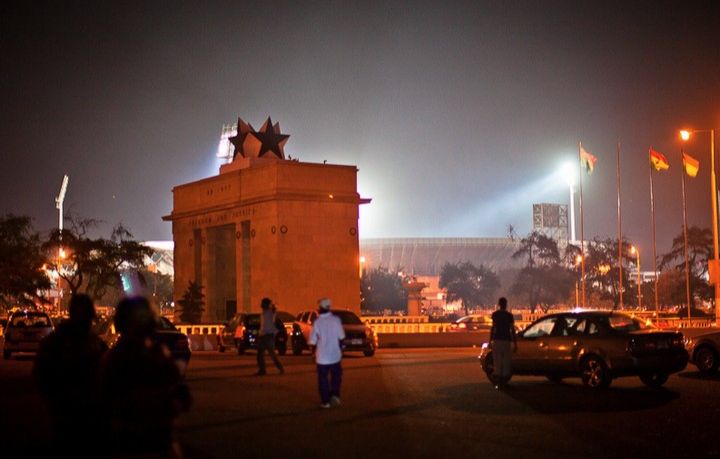
METEOROLOGY attracts criticism and jokes like few professions. Sometimes, research supports the humour. One study found that when television meteorologists in Kansas predicted that there was a 100% chance of rain, it didn’t rain at all one-third of the time. And there is much anecdotal evidence for forecasters’ unreliability. In 2009, heavy rains dampened a “barbecue summer” prediction by Britain’s Met office. In January last year American meteorologists apologised profusely on Twitter for predicting a “crippling” and “historic” blizzard that never arrived. Why do weathermen seem to get it wrong so often?
Accurate weather forecasting depends on how many eyes there are in the sky. Over 11,000 observation stations across the world take hourly measurements of temperature, air pressure, humidity, wind speed and direction, rainfall and other conditions. Aircraft, merchant ships, weather balloons and satellites do the same thing and transmit data to weather stations on the ground. Joining the dots, supercomputers generate weather maps and spew out forecasts by matching them with similar weather patterns recorded in the past. Meteorologists interpret the computer-generated forecasts by comparing with different mathematical models and tweak them by relying on the torrent of real-time data coming from the field.
Conflicting predictive models may offer opposite results: last year, the Indian Meteorological Department predicted a drought whereas Skymet, a private forecaster put its money on normal rainfall. The reality was somewhere in between: a 14% deficit in rainfall. Pinning down the precise location of the event is notoriously difficult too. Distance between areas that are swamped with snow and ones with only a drizzle can be as short as 48km (30 miles). Tools like thermometers that monitor vital weather signs are far from accurate. There are not enough weather balloons to constantly record conditions in the upper atmosphere, home to the real action. Man-made factors add to the chaos, too. A water pipeline in Israel, for instance, changed the landscape of the Negev desert to affect weather conditions, confounding forecasters.
The science of weather forecasting, however, is getting better. Short-term five-day forecasts are nearly as accurate as two-day projections were three decades ago. Hurricane predictions, today, are off by an average of 161km (100 miles), down from 563km (350 miles) 25 years ago. The brute force of “petaflop” supercomputers capable of cranking out 1,000 trillion floating-point calculations per second has helped reduce guesswork. Meteorologists now divide the planet into a grid of two-dimensional blocks 13km by 13km across to make their predictions, down from 338km by 338km during early 1900s. The aim will be to achieve the precision of say, Google Maps, which “foretells” traffic conditions down the road in real-time. But given the cosmic odds, predicting the future accurately may remain a distant dream for meteorologists.
Theeconomist




.jpg)




